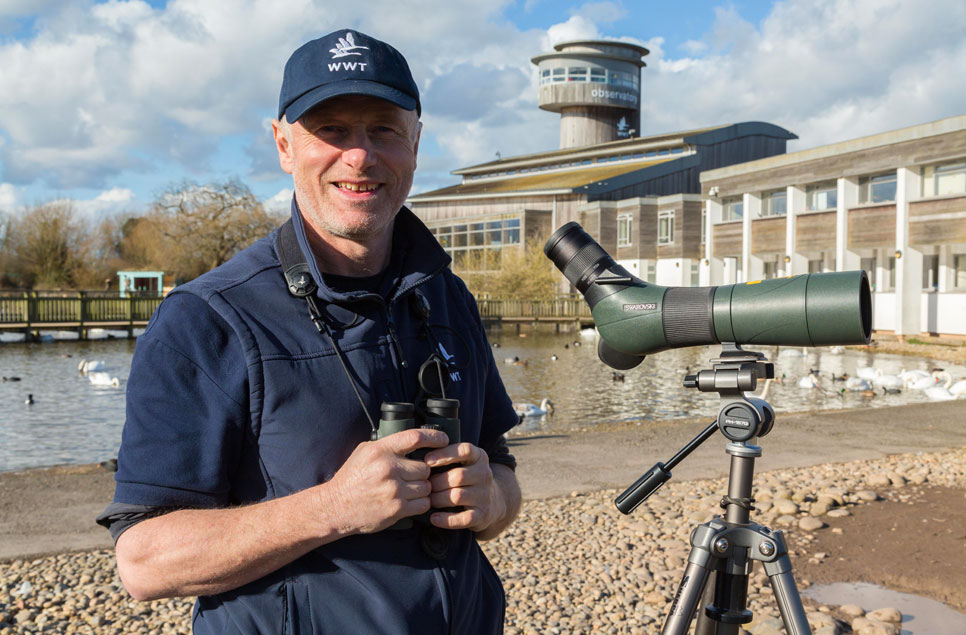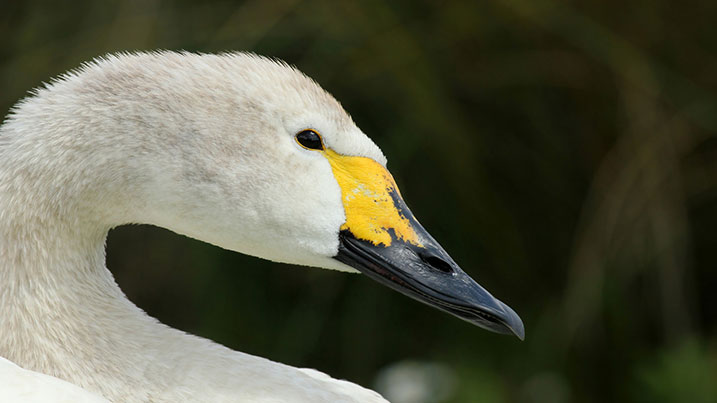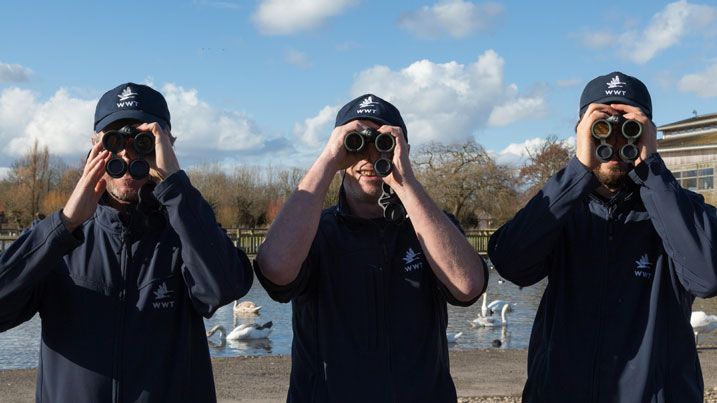Q&A with Reserve Manager, Dave Paynter

I’ve worked at Slimbridge for 38 years.
Over the last few decades there has been a shift away from focussing on just a couple of species into managing many more, broader species at our reserves. More people are now aware of conservation and the wider environment.
I started my career as a research assistant, studying how wildfowl are affected by disturbance.When I joined WWT, staff roles were more generalist than now, and I used to be more involved in the running of the centre. Now my primary focus is on the reserves management.
Our founder, Sir Peter Scott is my conservation hero! He started making wildlife accessible to people and appealing to a wider audience.He spotted that TV was going to be an important way of getting conservation messages across, and his wildlife programmes on TV in the 1940’s were real trailblazers for connecting the general public with nature and spotlighting the conservation issues of the time.
I manage and improve the wildlife interests of the site, and get as many people to enjoy it and have great experiences.
I’m an expert at finding grass snakes for people to view during our 4x4 Wildlife Safari’s, which explore the wider periphery of the reserve.
I’m fortunate in that I’m able to go out to the Russia Tundra every few years to help catch swans and fit them with ID rings and sometimes transmitters, as part of our international monitoring work.

A standard day involves conducting surveys, checking hides, feeding swans and helping get the reserve ready for our visitors.
Practical tasks vary by season, in summer there is a lot of mowing and strimming, and we also run a 4x4 safari so visitors get to see more of the wildlife at the edges of our site. We liaise with farmers in autumn, coppice trees in winter and maintain the hide walkways and 17km of fencing.In Winter I also do duck decoy demonstrations. Piper, our family dog helps me demonstrate how it works – by using a ducks’ natural instinct to follow a predator, such as a fox to lure them into the decoy.It’s brilliant!
I’m not sure I have a favourite season - they are all exciting!I love that they are all different and I always look forward to the next season, and the next set of changes it brings.
Climate change and other factors have an impact on our bird populations. It’s important we monitor trends. Some species have declined, such as white-fronted geese, while others have increased, such as golden plover and lapwing. So we’ve changed our habitat management to have more wet grasslands that support waders.
I couldn’t do without my Swarovski 10 x 32 binoculars, they are constantly round my neck and I feel naked without them!
Top quality equipment is essential for us to carry out our jobs well. Our binoculars are around our necks and our scopes are with us all day so they are part of our work wear, really. In addition to the quality, we find that Swarovski equipment is really robust. Our work to manage the vegetation including mowing, topping and managing brush habitat can be quite physical, so it’s just as well.

As part of our public engagement, we help to show visitors the different species on our reserves and many are very impressed with the quality of what they can see. It’s always easier to get folk interested when images are clearer. The extra clarity provided by a good scope is also essential for reading leg rings while bird monitoring.
I love feeding the Bewick’s swans in winter. I introduce the individual swans, and discuss how climate change, illegal hunting and lead shot affect wildlife. I like to think that this is when many visitors decide to become members and come back regularly.
Paperwork is a necessary evil – an important part of my job, but I prefer to be out there in nature!
My favourite wetland species is a black throated diver (on a Scottish lock, in full plumage, in the summer).
My greatest achievement is designing and overseeing the construction of the South Lake at Slimbridge. Today it’s one of the best birding spots in the UK as it gives people close-up views of large numbers of birds including the odd rarity.
The funniest thing I’ve seen was a warden try to pole vault a channel using a willow pole, only to land flat on his back in the water!



